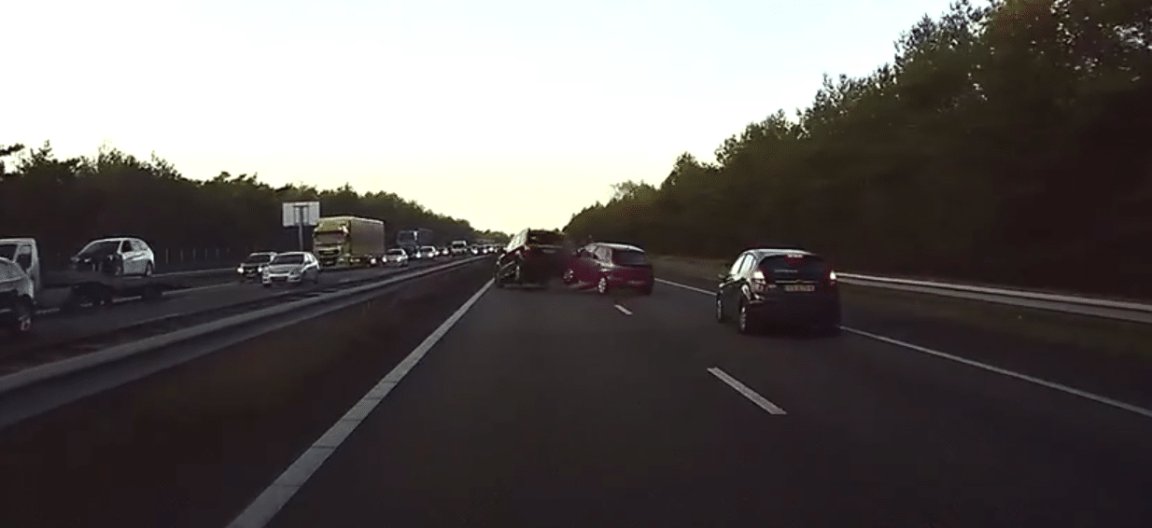
Stop, Look, and Tesla
The future of autonomous automobiles has been assured, to a great extent, by innovative companies like Tesla. While some are still hesitant to accept self-driving cars on the roads (who wouldn’t be?), and although the technology certainly hasn’t been perfected yet (remember Uber’s San Francisco drive?), new technological improvements daily bring us closer to complete autonomy.
Take Tesla Autopilot’s latest radar enhancements, for instance. Last September, Elon Musk’s futuristic car company rolled out version 8.0 of its self-driving software. This radar-processing software included an improved point cloud, which enabled Tesla Autopilot to track what’s in front of the car.
About 3 months after it was released, this new point cloud system demonstrated just how effective it really can be. It saved Hans Noordsij, a Tesla driver from the Netherlands, a great deal of trouble—and he caught the whole thing on his car’s dashboard cam.

The video shows the Tesla Autopilot’s Forward Collision Warning sending out a seemingly misplaced alert, as everything seemed to be humming along quite smoothly. But a few seconds later, we see the collision happen. Noordsij was warned off by his car’s radar system. Fortunately, despite the seeming seriousness of the crash, no one was badly injured.
Remarkably, the car’s radar and collision avoidance system correctly predicted a crash involving other cars, and could see the movements of the hidden vehicle in front of the leading car. Whatever you think of driverless technology, the above video is pretty cool.
The Better It Sees, the Better It Drives
This isn’t the first time that the improved software has saved Tesla drivers from accidents. Neither is it the last improvement Tesla has implemented. Just earlier this December, version 8.0.2 was released. It’s a relatively minor enhancement that prevents drivers from speeding (thanks Elon!), but even such a seemingly insignificant improvement adds to how autonomous vehicles can help keep their drivers—and others around them—safe. And it’s a timely upgrade, too, especially after Uber’s self-driving SUVs were caught beating the red light on a couple of occasions.
Indeed, Tesla’s Autopilot radar system will further improve the more it is used. According to the blog that accompanied its release:
When the data shows that false braking events would be rare, the car will begin mild braking using radar, even if the camera doesn’t notice the object ahead. As the system confidence level rises, the braking force will gradually increase to full strength when it is approximately 99.99% certain of a collision. This may not always prevent a collision entirely, but the impact speed will be dramatically reduced to the point where there are unlikely to be serious injuries to the vehicle occupants.
Of course, we’re still far from full autonomy.
The self-driving cars we have today still require their driver’s attention, even just a part of it—especially as the system continues to be improved. As it stands, this new radar system is not a replacement for a driver’s vigilance on the road.
Yes, self-driving cars are the future—but it wouldn’t hurt to keep an eye out for trouble along the road, at least for the time being.